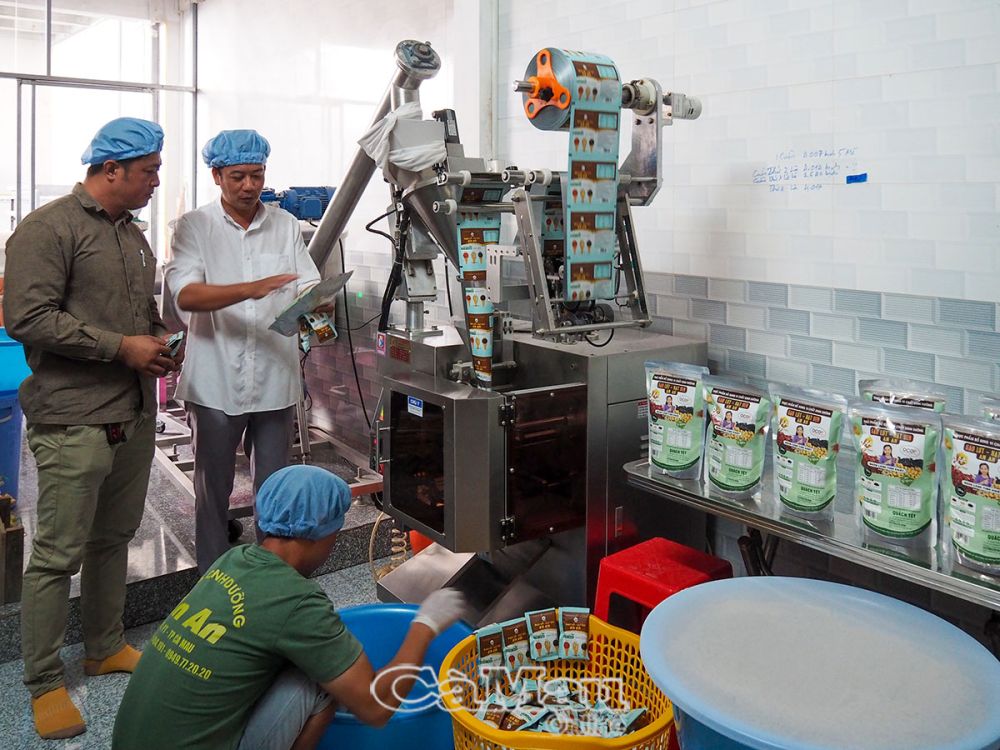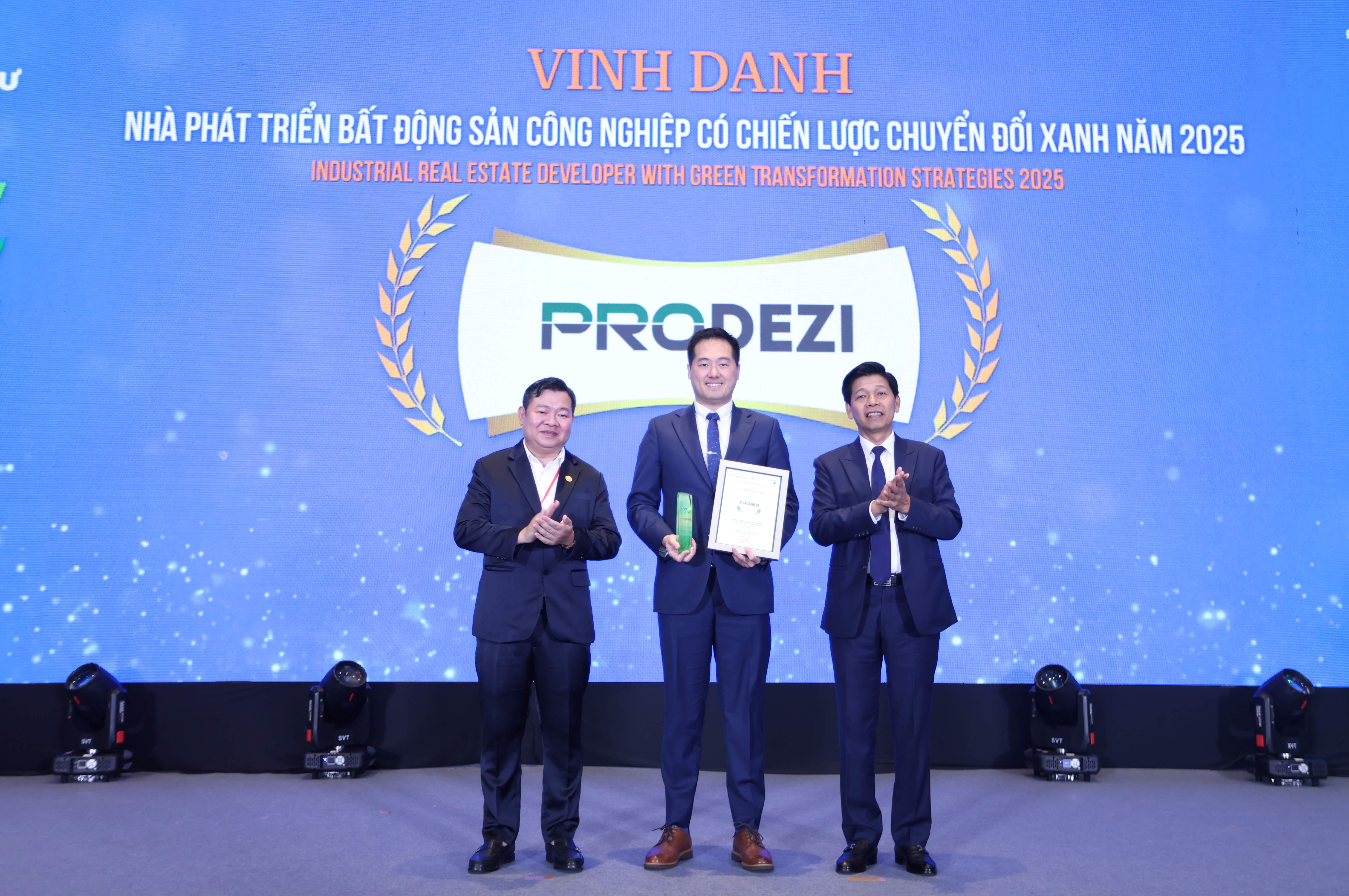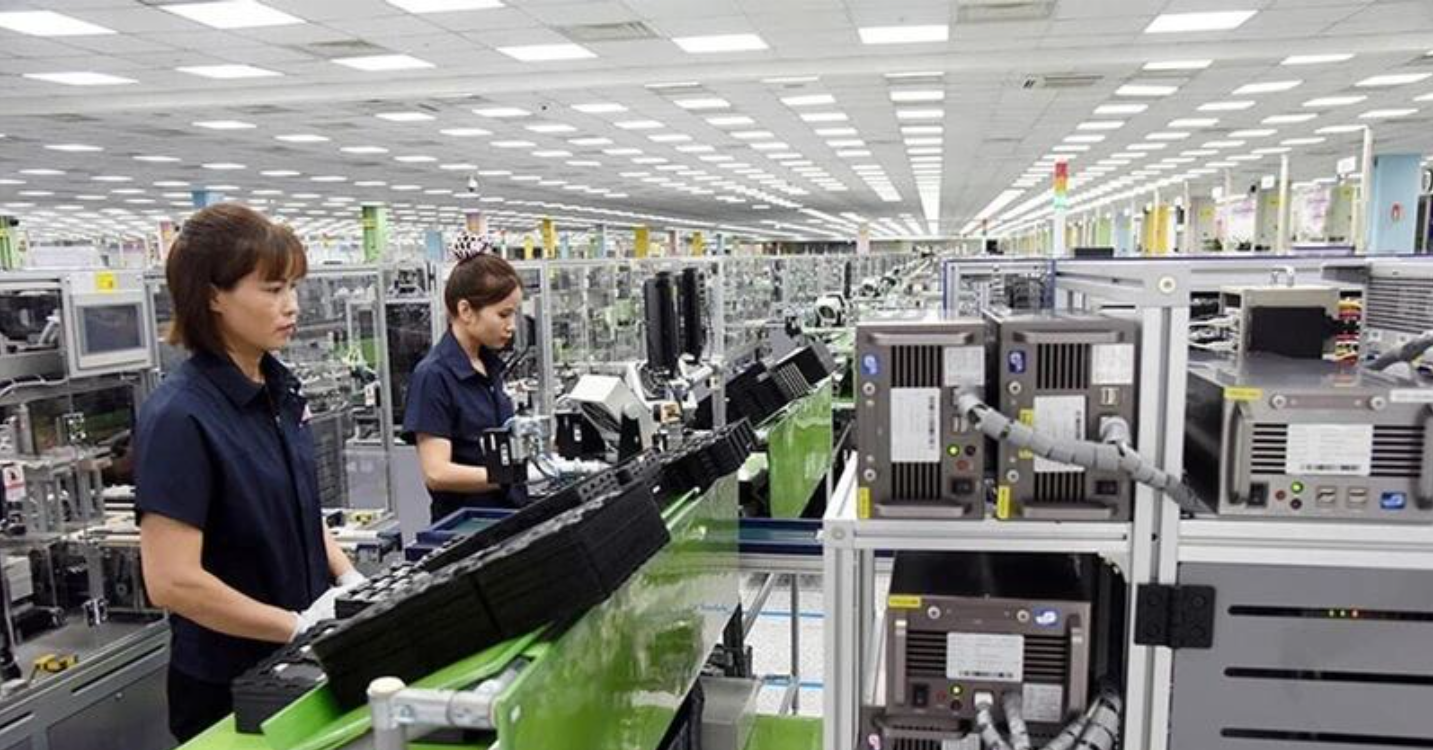
Ca Mau’s industrial promotion boosts rural industry growth
19:05 | 23/03/2025 20:10 | 04/11/2025Industry
The global and Vietnamese e-commerce landscapes are entering a phase of profound transformation, where breakthrough technologies are continuously reshaping the way transactions occur. Alongside AI Commerce, Video Commerce, and cross-border e-commerce, a new model is emerging that is expected to set a global standard: Instant Commerce, where the 30-minute delivery commitment becomes the core of the shopping experience.
In the final week of September 2025, the world witnessed OpenAI launch GPTPro with its “Buy Direct in Chat” feature, marking the dawn of the AI Commerce era, in which artificial intelligence directly facilitates transactions, challenging platforms like Amazon, TikTok Shop, and Meta. Meanwhile, in China, tech giants such as Meituan, Pinduoduo, and JD.com are heavily investing in Instant Commerce, a model expected to redefine consumer expectations entirely.
A new global standard and its arrival in Vietnam
Unlike innovations focused on content experience, instant commerce redefines online shopping through logistics speed. Instead of waiting for hours or days, consumers can receive essential goods within just 30 minutes. For daily needs such as food, beverages, and fast-moving consumer goods (FMCG), time has become the top priority. This capability has proven its strength in China and is now expanding into Southeast Asia, paving the way for Vietnam.
However, the upcoming arrival of instant commerce poses unprecedented challenges for Vietnam’s e-commerce market, which is accustomed to longer delivery timelines. To meet the 30-minute standard, platforms must build micro-fulfillment center networks, establish highly efficient delivery fleets, and operate near real-time order processing systems.
On the other hand, Vietnam is emerging as a bright spot in the digital economy. The Ministry of Industry and Trade (MoIT) forecasts B2C e-commerce growth of 25.5% in 2025, bringing total transaction value to USD 26-28 billion, with a goal of USD 50 billion by 2030. Key growth drivers include platforms such as Shopee, TikTok Shop, and Lazada, particularly fueled by video commerce and livestream shopping.

Instant e-commerce has become a core element of the shopping experience.
However, instant commerce presents a completely different challenge. While Video Commerce focuses on engaging content and interaction, Instant Commerce depends on logistics performance and supply chain accuracy. Success stories in China highlight that massive investment, organizational expertise, and operational technology are the keys to fulfilling the 30-minute delivery promise.
In Vietnam’s highly competitive market, pressure from instant commerce is intensifying. Shopee still leads, but TikTok Shop has captured nearly 39% market share, narrowing the gap rapidly. YouTube has partnered with Shopee to roll out YouTube Shopping, while Facebook is testing affiliate links for creators. As Chinese e-commerce giants enter with proven Instant Commerce models, they bring not only capital but also execution expertise, forcing local platforms to upgrade their logistics and speed or risk being left behind.
As Vietnam’s e-commerce market accelerates with AI Commerce, Video Commerce, and cross-border ambitions, instant commerce is closer than ever. This trend is not a passing phenomenon, it is poised to become a new global benchmark, compelling businesses, platforms, and regulators to craft long-term strategies to stay ahead.
Vietnam’s readiness for instant commerce
Vietnam is implementing national strategies to strengthen its digital readiness. On June 3, the MoIT issued Decision No.1568/QD-BCT, approving the National Master Plan for E-Commerce Development (2026–2030). A key priority is logistics infrastructure development, including bonded warehouses, logistics hubs, and order fulfillment centers. Although initially designed for cross-border e-commerce, these infrastructures will form the backbone supporting Instant Commerce.
In parallel, the E-Commerce and Digital Technology Development Center (eComDX) has introduced the “4 Gos” solution suite, considered a vital toolkit helping enterprises and small businesses adapt quickly to new market trends.
GoRight focuses on legal compliance and policy updates, ensuring businesses understand and adhere to regulations from the outset, thereby minimizing risks when collaborating with thousands of suppliers. Next, GoOnline assists in building digital presence, improving online sales and livestream capabilities. While instant commerce emphasizes logistics, GoOnline remains essential to optimize fast-order experiences for customers. Meanwhile, GoExport provides tools and pathways for Vietnamese businesses to expand globally through major platforms such as Amazon, Alibaba, and JD.com. Understanding how these platforms operate not only opens export opportunities but also provides valuable insights for domestic enterprises.
From a small business perspective, Ha Lan, an online grocery owner in Hanoi, shared: “Previously, I struggled to reach online customers and manage quick orders. Thanks to GoOnline, I learned how to livestream effectively, optimize product images, and connect with customers in real time. My store now fulfills orders faster, not only in Hanoi but nationwide."
Lan also highlighted the legal support from GoRight: “I used to worry about new regulations, but GoRight provides clear guidance to ensure compliance when selling online. That gives me confidence to expand my product range and improve customer service”.
According to Nguyen Huu Tuan, Director of eComDX, the integrated implementation of GoOnline, GoAI, GoExport, and GoRight programs will help businesses overcome challenges, establish a robust e-commerce ecosystem, and position Vietnam among global digital economy leaders.
From the consumer’s perspective, Tran Van Nam (40, Tuong Mai ward, Hanoi) said: “When I order fast food or essentials, it usually takes one to two hours. If delivery can truly be done within 30 minutes, I’ll definitely use it often, especially in urgent situations. Of course, prices must also be reasonable”.
The emergence of instant commerce in Vietnam is expected to be a major catalyst for the country’s digital transformation. It will not only impact e-commerce enterprises but also related sectors such as logistics, technology, digital payments, and human resource development, all of which must adapt quickly. If leveraged effectively, this could help Vietnam upgrade its logistics capacity and strengthen its regional competitiveness.
At the same time, instant commerce will enhance customer experience and trust in domestic platforms. More broadly, it will drive Vietnam to accelerate AI adoption and develop a high-quality digital workforce, capable of meeting the demands of the future digital economy.
Conversely, slow adaptation could result in domestic platforms being outcompeted by foreign models, diminishing the advantage of Vietnamese businesses.
With its 30-minute delivery promise, instant commerce is on track to become the new global standard in e-commerce. For Vietnam, it presents both a challenge and an opportunity, pushing the market to accelerate digital transformation, upgrade logistics infrastructure, control costs, and ensure legal compliance. With the government’s 2026-2030 E-Commerce Development Strategy and the “4 Gos” solution package, Vietnam is not only prepared to keep pace with the trend but also has the potential to emerge as a regional pioneer in Instant Commerce, advancing further on the global digital economy map.

19:05 | 23/03/2025 20:10 | 04/11/2025Industry

19:05 | 23/03/2025 20:09 | 04/11/2025Trade

19:05 | 23/03/2025 20:06 | 04/11/2025News and Events

19:05 | 23/03/2025 11:43 | 04/11/2025Trade

19:05 | 23/03/2025 11:39 | 04/11/2025Industry